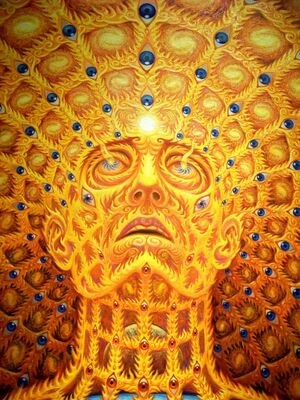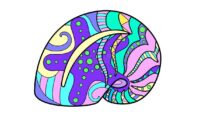Historical overview

TMA was the very first totally synthetic psychedelic phenethylamine that was found to be active in man, for which there had been any attempt to describe such drug effects in any detail. This was the report of research done in Canada, and it appeared in 1955, six years before my own report on the material. There was an earlier report on TMPEA which is mentioned in the appropriate recipe, but there were few details given. Also there had been interest in reports that adrenalin that had become old and discolored seemed to elicit central effects in man. The oxidation products were identified as the deeply colored indolic compound adrenochrome and the colorless analogue adrenolutin. The controversy that these reports created just sort of died away, and the adrenochrome family has never been accepted as being psychedelic. No one in the scientific community today is looking in and about the area, and at present this is considered as an interesting historical footnote.
The Canadian studies with TMA involved the use of a stroboscope as a tool for the induction of visual phenomena. These experiments used levels in the 50-150 milligram range, and generally employed pre-treatment with Dramamine for the successful prevention of nausea. There was reported giddiness and light-headedness, and some remarkable flash-induced visualizations. With higher levels, the visual syntheses are present without external stimulation. But there is a thread of negativity that seems to pervade the experience at these higher levels, and the appearance of a publication that emphasized the possible antisocial nature to TMA seemed to discourage further medical exploration. Military interest was maintained however, apparently, as TMA became a part of the chemical warfare studies where it was referred to with the code name EA-1319. It had been used in human trials with psychiatric patients, but no details of these experiments have been published.
The presence of a potentially active impurity in TMA deserves some comment. In the Canadian work, the material used was described as melting at 219-220 °C, which is the property given for the impurity-free material above. If this was the actual material used in those studies, this impurity (3,5-dimethoxy-4-hydroxyamphetamine) was probably not present. The Army studies use a material of unreported melting point. In my own studies, the lower melting product was used. There is an intriguing and unanswered question: what contribution did this phenolic component make to the nature of the observed effects of TMA? Assays on the isolated contaminant could answer that, but they have not yet been made.
There is an old saying that has gotten many people into trouble: “If one is good, then two is better.” And if a statement of the measure of worth of a compound can be made from its potency, then TMA is a step in the right direction. And this was a chemically simple direction to follow further. Looking at mescaline as a compound with no carbons on its side-chain, and TMA as a mescaline molecule with one carbon on its side chain, then what about a compound with two carbons there, or three, or nine carbons?
Alexander T. Shulgin


